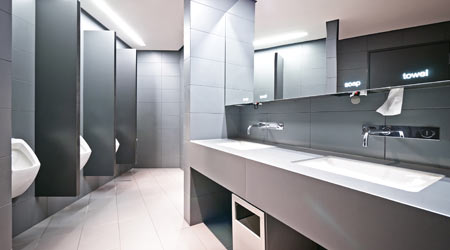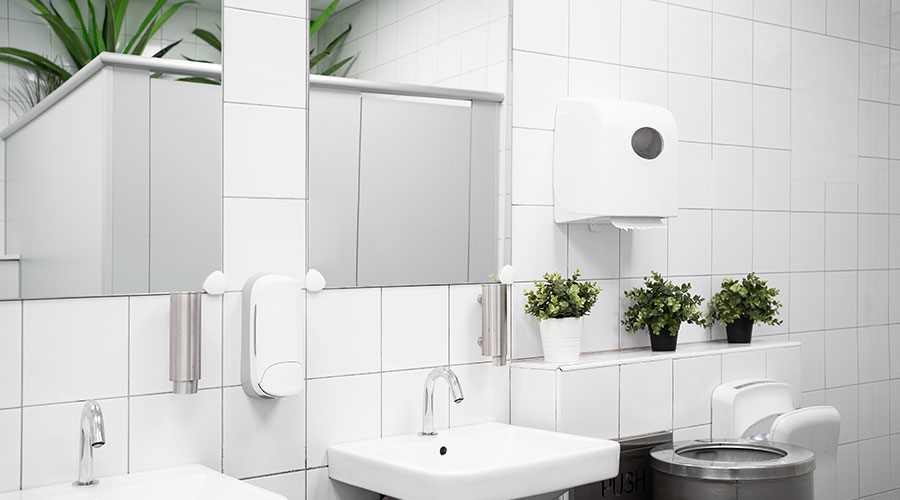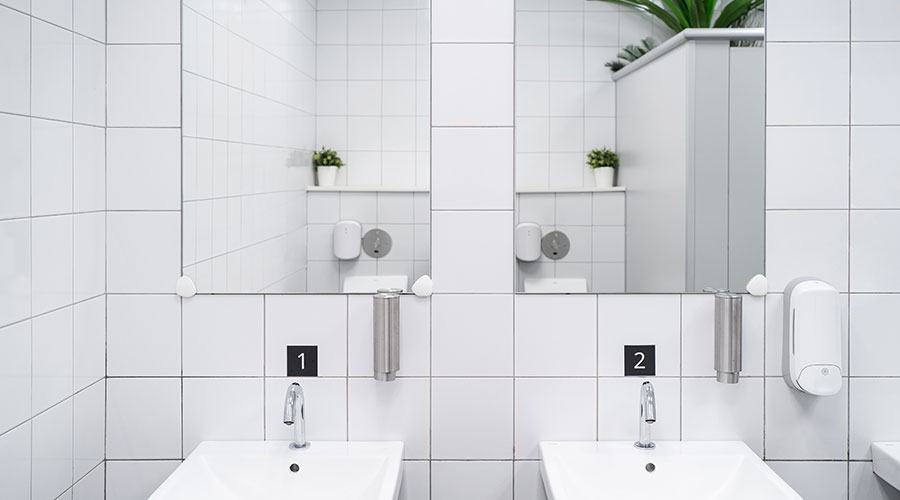Identifying Plumbing Upgrade Goals
Water conservation, less maintenance and improved hygiene are all popular targets of system improvements
Plumbing system upgrades remain popular options for maintenance and engineering managers. Each new generation of plumbing products — flush valves, faucets and toilets — offers a host of potential benefits to institutional and commercial facilities, increasing the appeal of upgrades.
One key challenge in ensuring the success of upgrades is identifying the specific goal of the upgrade clearly and early, whether that goal is minimizing maintenance, saving water or improving restroom hygiene. Without a clear goal, it will be difficult to measure the return on the investment and the overall success of the finished project.
Minimizing maintenance
Among the maintenance considerations that most often drive the decision to upgrade plumbing systems are the components’ age, previous upgrades, severity of use, regulatory mandates, and increases in workloads due to facility add-ons.
The older a plumbing system is, the more an upgrade will benefit its operational and maintenance efficiency. If a building is 40 years old, the amount of deferred maintenance, including the need for replacement with more modern fixtures and piping, probably has grown to the point where these costs are much higher than the costs for more modern fixtures.
Areas of particular concern related to maintenance include toilets that use up to four times more water per flush than newer models, taps that discharge water at twice the standard rate, urinals that use too much water, and high leak rates.
Plumbing systems in facilities with high traffic levels — such as transportation terminals, schools, hospitals, commercial and government buildings — experience more cycling per day, and components tend to wear out more quickly. These high-volume sites can benefit substantially from upgrades, even if they are only a few years old. Older plumbing systems located in high-traffic areas clearly have the most to gain from upgrades.
Examples of upgrades that can deliver large cuts in operating and maintenance costs are: converting from high gallons-per-flush (gpf) toilets to newer, more efficient flush valves; converting from manual flush valves to automatic, sensor-operated models; upgrading to waterless urinals; converting to paper-saving dispensers; converting from paper drying to air drying; upgrading soap dispensers to reduce clogging; and upgrading faucets with lower-flow, hands-free designs.
Managers also must ensure compliance with regulatory mandates, including those in the Americans with Disabilities Act and building codes, as well as those enforced by the Occupational Safety and Health Administration.
Finally, increasing a facility’s maintainable space — for example, more lab and research space in schools and more diagnostic areas in hospitals — undoubtedly adds to the maintenance burden related to plumbing systems that serve these new, more complex spaces.
Related Topics:














